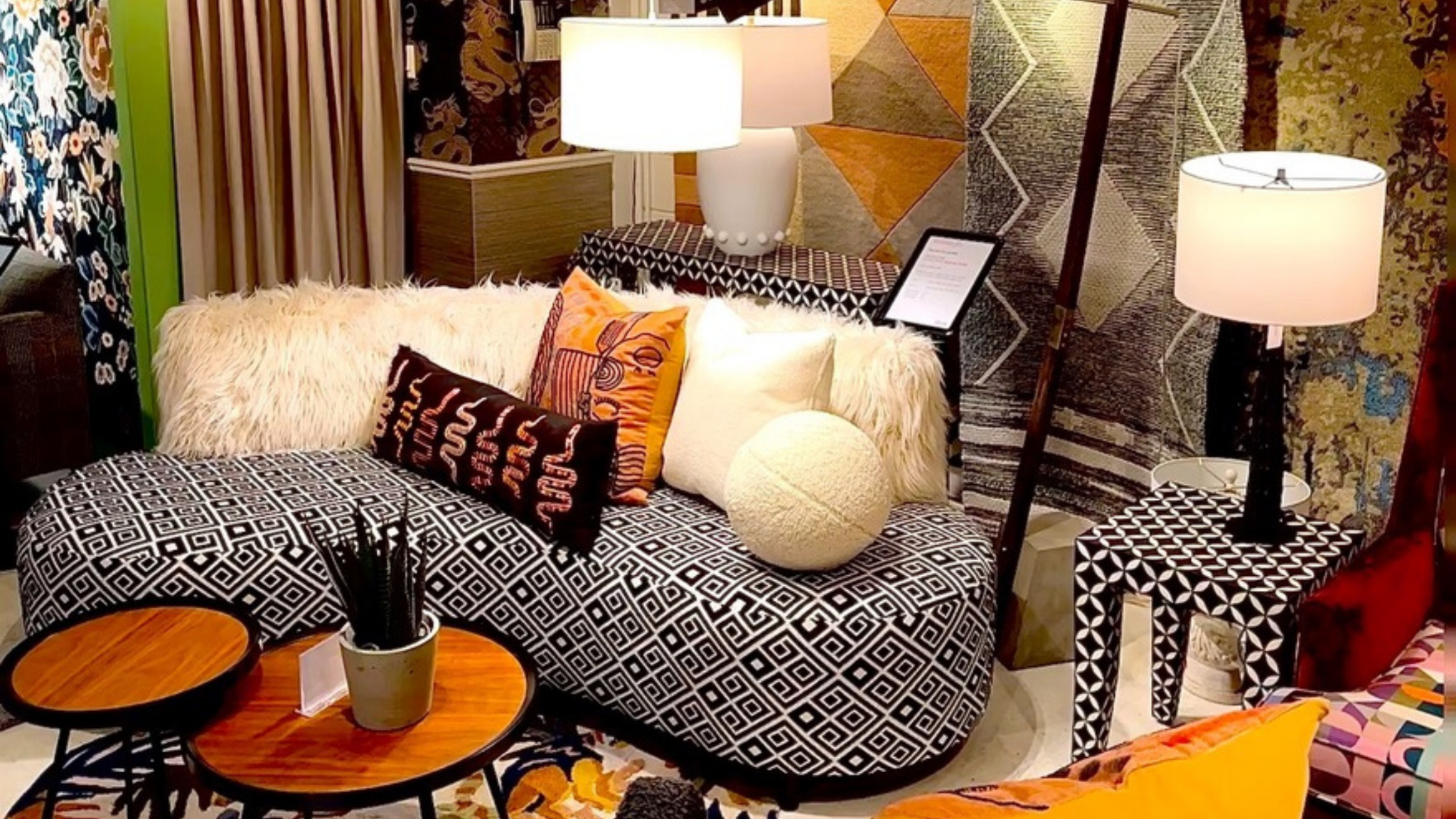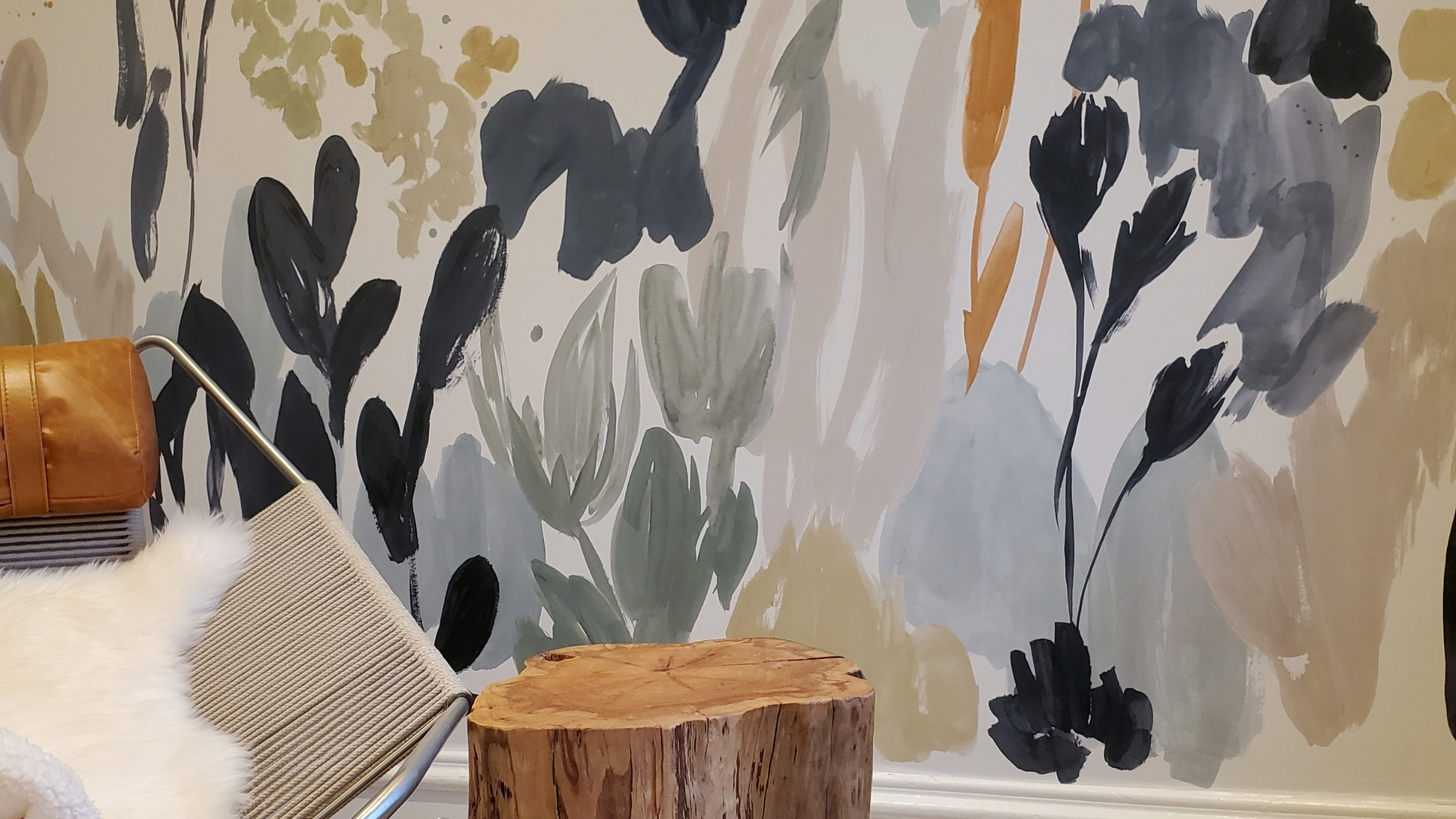Your Cart is Empty

How Interior Design Affects Mental Health
May 16, 2025
In the hustle and bustle of modern life, we often overlook the subtle yet profound influence our surroundings have on our mental well-being. From the colors on the walls to the arrangement of furniture, interior design can significantly impact our mood, stress levels, and overall mental health. In this blog, we'll explore the intricate relationship between interior design and mental well-being, and how simple changes in our living spaces can make a world of difference.
Creating a Sanctuary
Our homes should be more than just a shelter; they should be sanctuaries that nurture our minds and bodies. When we step into a well-designed space, we should feel a sense of peace and tranquility wash over us. Natural elements like wood, stone, and plants can evoke a feeling of connection with the outdoors, promoting relaxation and reducing stress. Incorporating elements of biophilic design, which seeks to integrate nature into our built environments, has been shown to improve mood and cognitive function. We personally love incorporating natural elements into our interior design plans with things like botanical and nature inspired fabrics and wallpapers. Wallpaper murals in particular can be a very immersive experience, creating a distinctive atmosphere of play and movement, or of whimsy and serenity.
The Power of Color Psychology
Colors have a profound effect on our emotions and behaviors, a phenomenon known as color psychology. Warm tones like reds, oranges, and yellows can create a sense of warmth and comfort, while cool tones like blues and greens can promote calmness and relaxation. However, the effects of color can vary depending on cultural and personal associations, so it's essential to choose colors that resonate with you personally. Experimenting with different color palettes can transform the mood of a room and uplift your spirits. Read more in depth about color psychology in our other blog post "The Psychology of Colours in Interior Design: Elevate Your Home with Emotion".
Lighting for Well-being
Lighting plays a crucial role in regulating our circadian rhythms and influencing our mood. Natural light is particularly beneficial, as it helps regulate our sleep-wake cycle and boosts vitamin D production, which is essential for mental health. When natural light is limited, artificial lighting can be used strategically to mimic natural light patterns and create a sense of brightness and openness. Avoiding harsh fluorescent lights and opting for softer, diffused lighting can create a more soothing atmosphere conducive to relaxation and focus. See our retail lighting options here.
Decluttering the Mind
Clutter in our physical environment can clutter our minds, leading to feelings of overwhelm and anxiety. By organizing our spaces thoughtfully, we can create a sense of calm and order that promotes mental well-being. Incorporating storage solutions like built-in cabinets and multifunctional furniture can help maximize space and reduce clutter, while working with an interior design expert can help ensure that visual aspects of your space are strategic and thoughtful.
Personalization and Self-expression
Our homes should reflect our personalities and interests, serving as extensions of ourselves. Surrounding ourselves with meaningful objects and decor can evoke positive emotions and foster a sense of belonging and identity. Whether it's displaying cherished mementos, artwork, or photographs, infusing our living spaces with personal touches can cultivate a sense of comfort and familiarity that promotes mental well-being. The same can be said about negative emotions as well. For example, artwork that is dark and sombre in subject can certainly affect our moods and feelings about a space.
At Kendall and Co. we strongly believe that the impact of interior design on mental health should not be underestimated. By creating environments that prioritize comfort and self-expression, we can cultivate spaces that support our emotional well-being and enhance our quality of life. Whether it's incorporating natural elements, harnessing the power of color psychology, optimizing lighting, being intentional about our visual surroundings, or infusing personal touches, small changes in our interior design can have a profound effect on our mental health. So let's embrace the transformative power of design and create spaces that nourish our minds, bodies, and souls.
Leave a comment
Comments will be approved before showing up.

Understanding Maximalism in Interior Design
June 13, 2025
Whether you're drawn to its vibrant colors, eclectic charm, or unapologetic extravagance, maximalism invites you to embrace the extraordinary and transform your living spaces into a sanctuary of creativity and self-expression. Check out this blog to learn more about maximalism in interior design.
Read More
How Interior Design Affects Mental Health
May 16, 2025
From the colors on the walls to the arrangement of furniture, interior design can significantly impact our mood, stress levels, and overall mental health. In this blog, we'll explore the intricate relationship between interior design and mental well-being, and how simple changes in our living spaces can make a world of difference.
Subscribe
Sign up to get the latest on sales, new releases and more …

























